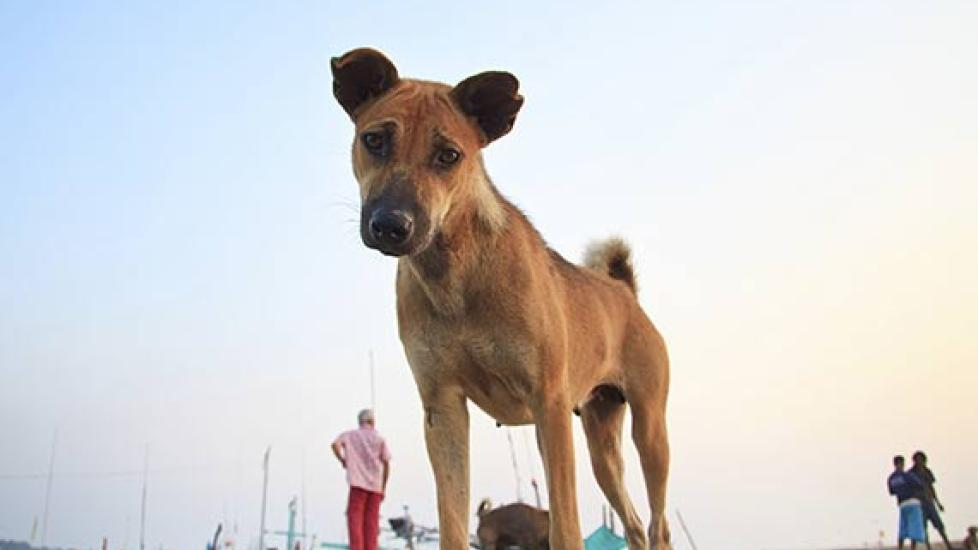Why Rabies Vaccinations Are Still So Important
From the relatively safe vantage point of the United States, it’s easy to sit back and argue about things like the necessity of vaccines or pass judgment on the way other countries handle stray animal population control. But I wonder how many of the people who do so actually understand what the situation is like in other places or how it is that we came to be so protected.
This week I am in Costa Rica enjoying the amazing wildlife and some pretty spectacular coffee. As we were driving down the street we noticed a few dogs darting back and forth and asked our driver about them.
“We have a decent number of strays,” he said. “But we’ve had some volunteer veterinary groups offer free spay and neuter services the past few years and it’s made a big difference.”
This brought a huge smile to my face, because for all the times I have volunteered on similar projects, you don’t always get to hear whether or not you’ve made a difference on the community after you’ve left.
The importance is twofold. Obviously, spay and neuter programs benefit the animal populations by decreasing the number of strays. The first time I travelled to Central America, I casually noted that the strays actually looked pretty spry compared to what I was expecting. The clinic director responded, “That’s because the average lifespan down here is only three years.” Injury, starvation, and disease take a big toll.
The other issue, and one overlooked by many in North America, is that the dog is the main reservoir of the rabies virus. Ninety percent of human cases around the world are due to dog bites, and without treatment is invariably fatal. Many of the victims are children. The only reason we can indulge ourselves in the luxury of debating whether or not the vaccine should be optional is because the vaccine has been so effective in controlling rabies here in the U.S. The virus is still here—it can infect almost any mammal—but is mainly found in wildlife such as bats, raccoons, and skunks.
Up to 55,000 people worldwide die from rabies every year, because rapid access to treatment is not always feasible in many of these communities. Mass poisoning of stray animals is sometimes the last resort of a town without a spay-neuter program when they are trying to save the lives of their children. This is the reality, and it’s one of the reasons I support World Vets and other programs with similar goals.
About 20,000 of those rabies deaths take place in India, where only about 2% of people exposed to rabies actually receive the proper post-exposure treatment, which can be costly. Just this week, it was announced that RabiShield, the first fastest acting anti rabies-virus drug of its kind, will be launched in India this year. It is not only faster, it is less expensive than the current rabies treatment available. It will, hopefully, change the tide of this terrible disease.
We love our pets, and they love us. We are so fortunate where we live that we have the tools and the infrastructure to keep the population safe for both us and for them, but we should never take for granted the work it took and will continue to take for us to maintain that safety. Our healthy relationship with our dogs was given to us by the hard work of those who came before us, and it remains our responsibility to do all we can to keep it that way.
---
You can learn more about the life-saving services World Vets provides here.
